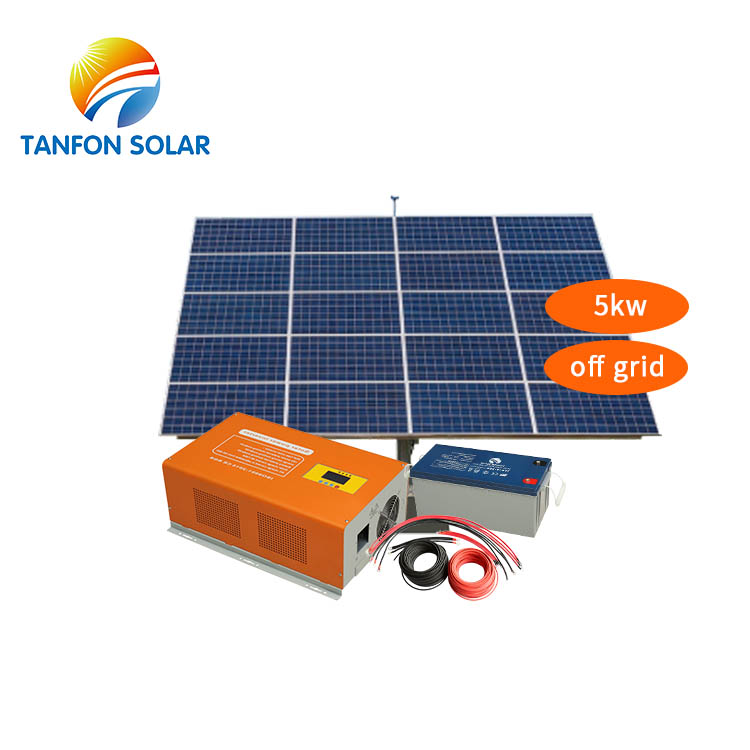
(EnergySage vets installers, who can then pay a fee to be included on the company’s list of approved contractors.) In an effort to provide a breadth of views as well as depth of knowledge, I sought out installers in areas of the country not always seen as solar-friendly, as well as those of diverse backgrounds, including one who focuses on providing solar power to impoverished rural communities.

So to give myself a crash course in solar battery storage, I spoke with more than a dozen sources, including the founders or executives of six battery manufacturers five highly experienced installers, from Massachusetts, New York, Georgia, and Illinois and the founder of EnergySage, a respected “ unbiased solar matchmaker” that offers free and detailed advice to homeowners on all things solar-related. (Just brace yourself for sticker shock.)īefore I began this guide, my only experience with solar power was getting zapped by sun-powered cattle fences on a ranch in the high desert.

Here’s how you can set it up for your home. For utilities, such installations promise a more stable and lower-carbon electrical grid in the near future. That’s why residential solar power combined with battery storage (once an esoteric niche industry) is rapidly becoming a mainstream disaster-preparedness choice, according to more than a dozen installers, manufacturers, and industry experts we interviewed.įor homeowners, multi-kilowatt batteries that charge from rooftop solar panels promise resilience in the event of a natural disaster-a reliable, rechargeable, instantaneous source of electricity to keep important devices and appliances running until the grid comes back online.
#Whole house solar battery backup portable#
With increasingly intense weather knocking the power grid offline for days at a time in some regions, traditional fossil-fuel–based backup systems-namely portable or permanent generators-seem increasingly unreliable. Everyone’s looking for a way to keep the lights on when the power goes out.


 0 kommentar(er)
0 kommentar(er)
